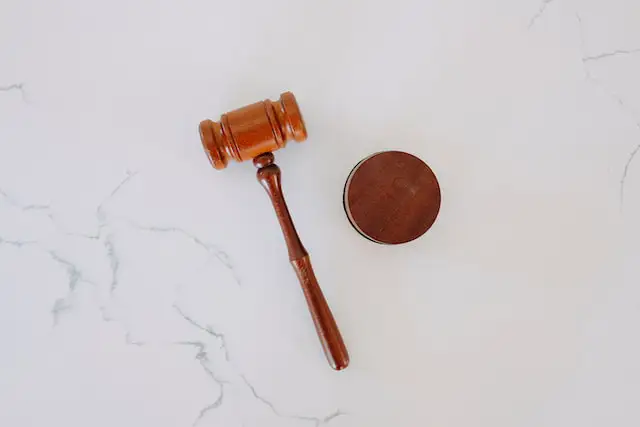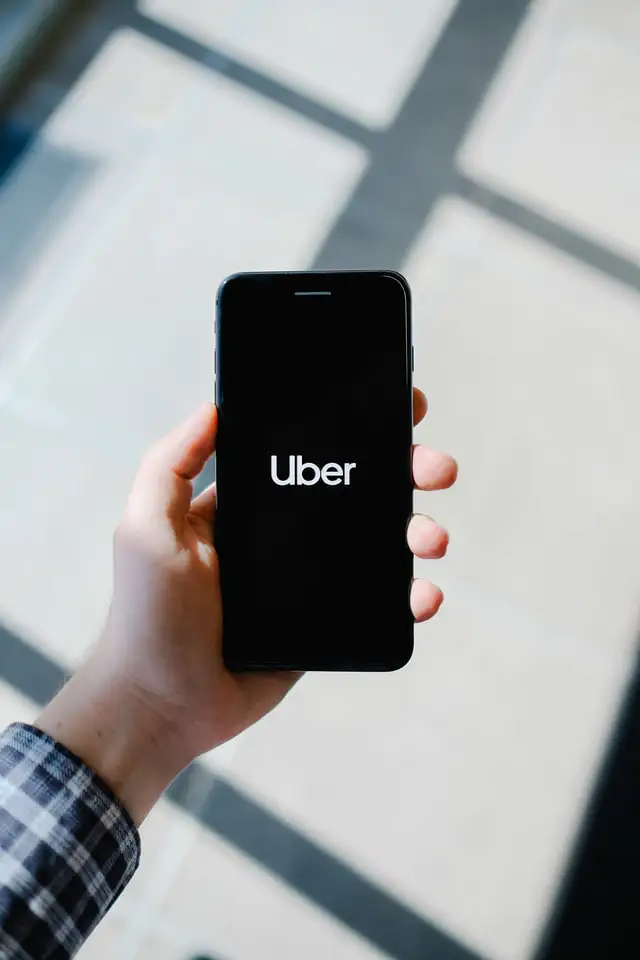No Proof Class Action Settlements That Paid Out Money Recently

Photo Credit: Unsplash
Published: December 31, 2024
No Proof Class Actions: How They Work, Why Some Require No Proof, and Recent Cases
This article explores how no-proof class actions work, why some require no proof, and highlights recent cases where payouts were made. Let's talk about the following class action settlements:| Class Action | Settlement Amount |
|---|---|
| Starkist Tuna | $136 million |
| Fisher-Price Sleeper | $19 million |
| Verizon Admin Charge | $100 million |
| IKEA Credit Card | $24.25 million |
| UnitedHealth Retirement | $69 million |
| USAA Data Breach | $3.25 million |
| Under Armour | $434 million |
| Uber | $200 million |
| Qualcomm | $75 million |
| Blue Cross Providers | $2.8 billion |
| Blue Cross Policyholders | $2.67 billion |
| Opioid Third-Party Payors | $378 million |
| Opioid Acute Care Hospitals | $651 million |
| Visa Mastercard Payment | $5.54 billion |
| Boeing SEC Fair Fund | $201 million |
| Weatherford SEC Fair Fund | $152 million |
| Euribor Antitrust | $651.5 million |
| Allianz Mutual Funds | $145 million |
| AMP Ltd. | $110 million |
| Canadian Imperial Bank | $97.9 million |
A class action, by definition, involves a group of consumers with very similar claims against a company. The key aspect of a no-proof class action is that class members are eligible for compensation without needing to provide detailed evidence or documentation of their individual losses. In no-proof class actions, the legal process bypasses this step for simplicity and efficiency.
In a no-proof class action, the settlement is generally structured in a way that compensates all class members equally or based on a predetermined formula, without requiring individualized verification. Instead of each class action member submitting proof of their injury or loss, the focus is on broader evidence that the offending company's conduct affected a large number of people in a similar way. Class action settlement members may simply need to submit a claim form with basic information, such as their identity and, in some cases, an attestation that they were affected by the company that has done something allegedly wrong or illegal.
Why Class Actions are No Proof Required
● Data Availability: When the defendant company has extensive sales records or other data to verify claims, individual consumers may not need to provide proof.
● Low-Value Products: For settlements involving inexpensive items, requiring proof may be impractical and discourage legitimate claims.
● Time Elapsed: If significant time has passed since the purchase, consumers are less likely to have retained receipts or packaging.
● Widespread Issue: In cases affecting a large number of consumers, a no-proof approach may be more efficient for claim processing.
● Encouraging Participation: Eliminating proof requirements can increase claim rates and ensure more affected consumers receive compensation.
● Low-Value Products: For settlements involving inexpensive items, requiring proof may be impractical and discourage legitimate claims.
● Time Elapsed: If significant time has passed since the purchase, consumers are less likely to have retained receipts or packaging.
● Widespread Issue: In cases affecting a large number of consumers, a no-proof approach may be more efficient for claim processing.
● Encouraging Participation: Eliminating proof requirements can increase claim rates and ensure more affected consumers receive compensation.
Examples of No Proof Class Actions
Here are 20 examples of class action settlements with no proof requirements to file a claim:$100M Walgreens Prescription Drug Pricing Class Action Settlement
$245M Fortnite In-Game Microtransaction Purchases FTC Class Action Settlement
$32M Consumer Telescopes Price-Fixing Class Action Settlement
$12M Clif Bars False Advertising Class Action Settlement
$7.5M Beyond Meat False Advertising Protein Class Action Settlement
$2.8 Billion NCAA College Athlete Class Action Settlement
$7.25M Patreon Facebook Pixel Privacy Class Action Settlement
$1.025M LoanDepot.com Class Action Settlement
$8.85M Breyers Vanilla Ice Cream Class Action Settlement
$2.8M YES Energy Management Administration Fee Class Action Settlement
$197.5M ATM Fees Class Action Settlement - Visa & Mastercard Lawsuit
$19M Fisher-Price Rock 'n Play Sleeper Recall Class Action
$9M Fandango Movie Ticket Hidden Fees Class Action Settlement
$1.67M BCBS Change Healthcare Robo-Calls Settlement
Unilever™ Dove™ Suave™ Tresemme™ Nexxus™ Shampoo Recall
$145 Million Kia & Hyundai Anti-Theft Class Action
$2.925M Charlotte Tilbury Beauty Privacy Class Action Settlement
US Domestic Airlines Price Fixing Class Action
$7.3M Commercial Pork Class Action Settlement
Cell Phone Price Fixing Class Action Lawsuit
$2.9M Henry Schein Data Breach Class Action Settlement
$38 Million Lyft Drivers Class Action Settlement
8.2 Million Tide Pods Recalled: How To Get A Refund
$13.9M Gasoline Price Gouging Settlement - California Non-Residents
$150M Chevy Bolt Electric Car Battery Fire Settlement
$185M Wells Fargo Mortgage Forbearance Settlement
$975K One World Ticket Fee Settlement
$3.5M HomeAgain Pet Microchipping Services Class Action Settlement
$290 Million Uber Drivers Class Action Settlement
$78.5M Toyota Airbag Control Unit Class Action
$5.54 Billion Visa And Mastercard Fees Class Action Settlement
$2M Bosch Microwave Oven Class Action Settlement
$21M Whirlpool™ Refrigerator Freezer Class Action Settlement
$35M GM Chevrolet Fuel Pump Class Action Settlement
$129.5M Car Dealership Antitrust Class Action Settlement
$7.65M NIBCO PEX Plumbing Class Action Settlement
$31.9M Tractor Hydraulic Fluid Class Action Settlement
Mazda Cars Valve Seal Class Action Settlement
TBJ Drywall and Taping Unpaid Wages Illinois Settlement
Sanyo Solar Panels Delamination Class Action Settlement
Subaru Defective Fuel Pumps Class Action Settlement
These settlements demonstrate a trend in class actions where proof of purchase is not required, making it easier for potential claimants to participate in the class action, and not requiring small amounts of purchases to be proved with receipts. Imagine having to find receipts for a bottle of Coca-Cola you bought 12 years ago!
There are several reasons why some class actions can proceed without proof of individual harm:
1. Nature of the Claim: Some claims, especially those involving consumer products, unfair business practices, or small-scale damages (like a nominal fee or overcharge), are inherently difficult to prove on an individual basis. For example, a class action where consumers were charged a small fee incorrectly may involve thousands of people, each facing a relatively minor financial loss. In such cases, the court may determine that individual proof is unnecessary, especially when the defendant is responsible for a widespread issue.
2. Efficiency and Access: No-proof class actions simplify the claims process, making it more accessible for people who might otherwise not have the time, resources, or ability to provide detailed evidence. These cases typically involve a process where participants can submit a claim form without overwhelming documentation.
3. Incentivizing Settlement: Defendants may be more willing to settle cases quickly when they know that the claims process will be simplified and will not involve detailed evidence collection. A settlement with no-proof requirements reduces the risk of protracted litigation and the administrative burden of managing individual claims.
4. Presumed Harm: In some cases, the nature of the defendant's actions (such as widespread advertising fraud or illegal marketing practices) is so clear that the court assumes harm to all class members, regardless of the amount of proof provided by each individual. This is particularly common in cases involving consumer protection laws, where the court presumes that everyone who purchased the product or service was similarly affected.
5. Fixed Payouts: In some no-proof class actions, the compensation amounts are fixed or predetermined based on the number of claimants. This is often the case in cases of minor injuries or harm, where exact amounts of damages cannot easily be calculated. By making the payout process uniform and predictable, the class action can resolve more efficiently.
How Do I Find Class Action Settlements?
Find all the latest class actions you can qualify for by getting notified of new lawsuits as soon as they are open to claims:More No-Proof Class Actions: Here
For more class actions keep scrolling below!

Uber Lyft RideShare Abuse Lawsuit
Deadline: Pending
Submit Claim
$5.5M Mid America Pet Food Settlementt
Deadline: February 5, 2026
Submit Claim
$30M YouTube Privacy Settlement
Deadline: January 21, 2026
Submit Claim
$1.9M PetSafe e-Collar Settlement
Deadline: Dec 29, 2025
Payout: $30 - $420

$3M Zoa Energy Drink Class Action Settlement
Deadline: Feb 20, 2026
File Claim